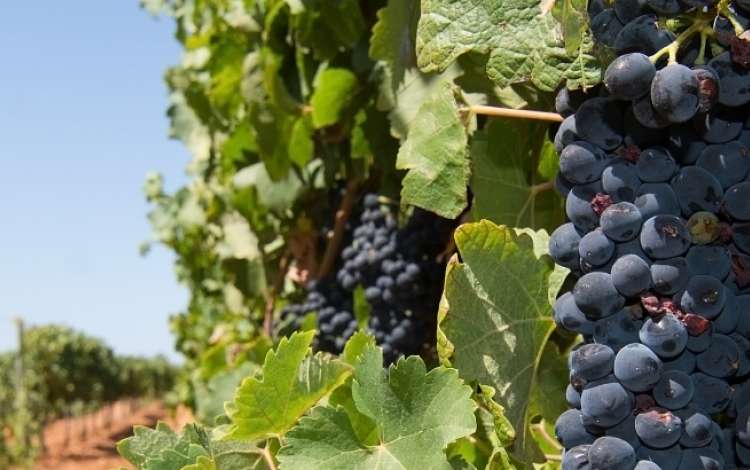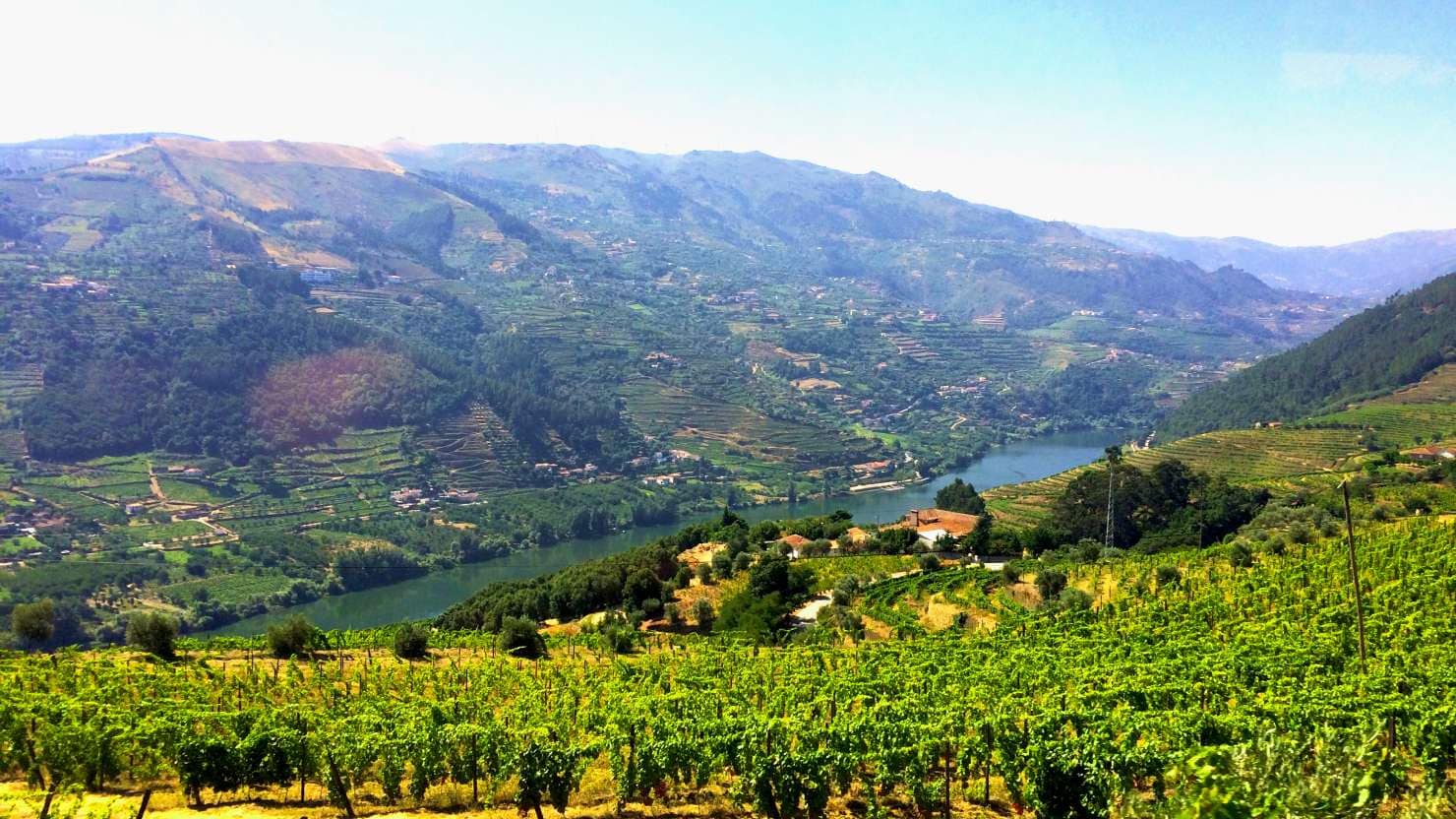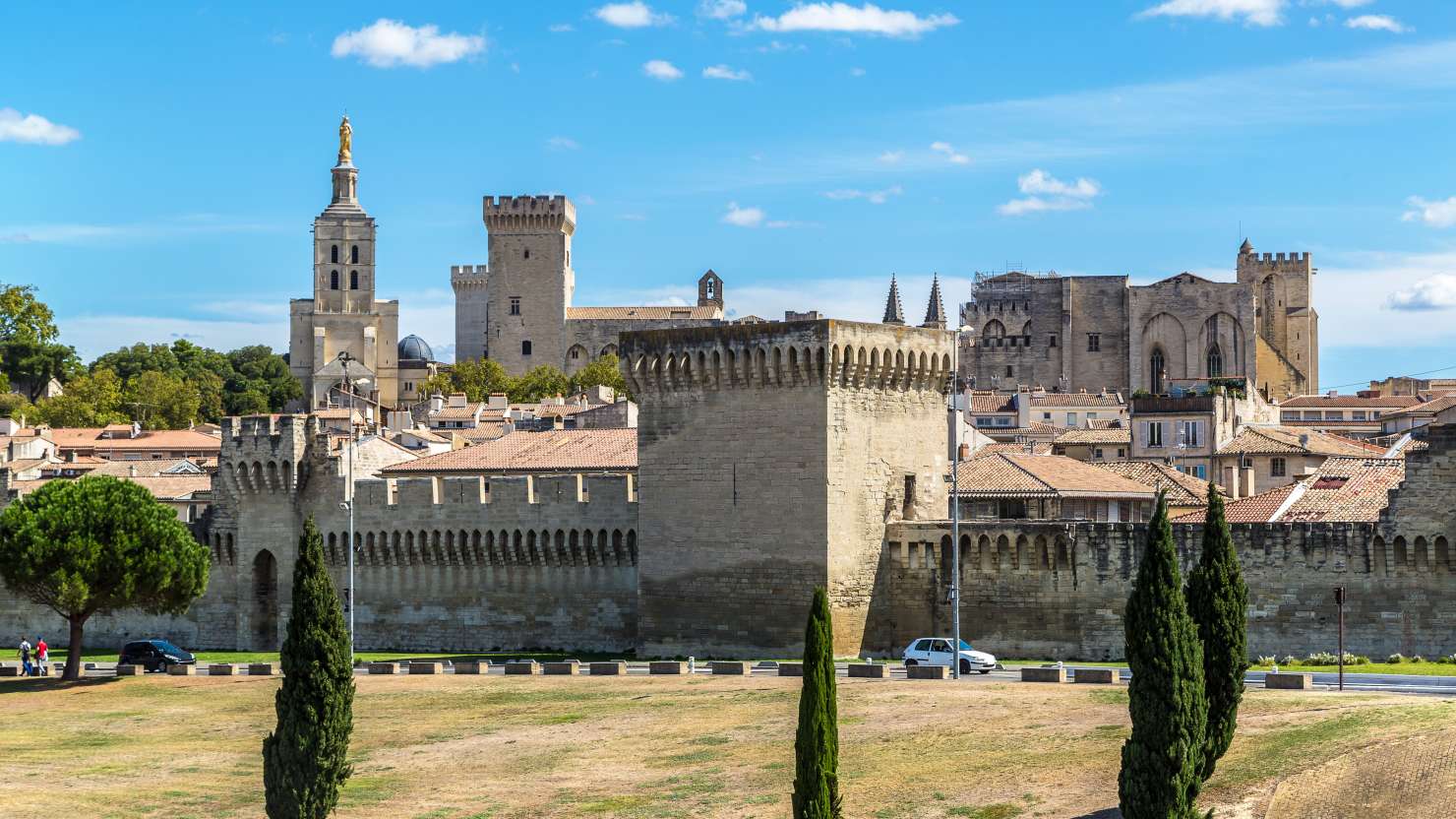Our guide to Barbados
Discover Cunard destinations

Blessed with mineral-rich volcanic soil, verdant valleys and free-flowing sunshine, Southern Europe is a wine producer's holy grail. In this part of the world, wine isn't an after-work escape or a weekend treat: it's an intrinsic part of everyday life. Wine is an elixir to endless sun-drenched days, a staple on the dinner table, each mouthful mindfully savoured.
Experiencing these celebrated vineyards firsthand is a highlight of a Cunard voyage to the Mediterranean. With ancient traditions, fantastic food pairings and a range of tailored excursions at every port, it's a dream voyage for anyone with an interest in wine.


"Wine is the only artwork you can drink."
Luis Fernando OlaverriThere is no sight more beautiful than the river Douro scything through a green valley of vineyards rising up on either side. This is one of the oldest wine regions in the world, especially famous for being the home of Port – as well as delicious wines. Winemakers have scores of local grape varieties to choose from. Producers like Quinta da Pacheca in Peso da Régua are taking these traditional Portuguese grapes such as Touriga Franca and Touriga Nacional to make complex reds, with delicious notes of black fruit and spice.
Wines have been produced on Corsica since the Phoenician times, years before the rest of Europe. The island is sunnier than anywhere else in France and has a mix of valleys, mountains and beaches. Even in the mid-1700s, this varied terroir, with its many influences on the growing grapes, was earning praise from diarist James Boswell who described the wines as ‘wonderful’. Sciacarello is a distinctive black grape that grows best on the island’s granite soils and creates soft reds with notes of pepper, herbs and smoke. You’ll also get a pleasant surprise with the white Vermentino, which is aromatic and racy with citrus.

Take a trip north from Marseille to explore the wines of the famous town, Châteauneuf-du-Pape (which translates to ‘Pope’s new castle’), where the papal court relocated to nearby Avignon in the 14th century. Châteauneuf-du-Pape is such a firm favourite, but did you know that up to 18 grape varieties can be used in the wines of this appellation?
Sultry Grenache dominates red wine blends, delivering fruity berries; Mourvèdre and Syrah add tannin and structure. White Châteauneuf-du-Pape wines aren’t so common, but their peachy, full-bodied styles are very rewarding and well worth a try.
At one time, Sicily’s wine production was all about quantity. Now, quality is reshaping this island’s wine destiny with some amazing styles appearing from its varied terrain. International varieties (such as Chardonnay and Merlot) can be found, but now local varieties – including the magnificent black grape Nero d’Avola – are producing rich and robust wines. Many wine producers are braving the still-rumbling slopes of Mount Etna, the largest of Italy’s active volcanoes, to create red wines with finesse. After all that heat you might prefer a glass of white to cool down, and Grillo wines, structured and lemony, would be perfect.
Will Lyons, Sunday Times wine columnist and previous guest speaker on Cunard's Voyage du Vin, recommends two refreshing drinks for us to try this summer.

With wines dating back to Roman times, Croatia has a feast of local grape varieties. And guess what? Scientists have discovered that its black grape, Crljenak Kaštelanski, is none other than Californian Zinfandel, growing right here in its homeland. White wines in Croatia can be wonderfully crisp and zesty. Look out for wines from the Bogdanuša grape, which are grown on the island of Hvar; or seek out Pošip, native to the island of Korčula, but now grown across the country – a delicious pairing with fish.
In northern Spain lies one of the most famous wine regions in the world, Rioja, which takes its name from the river Rio Oja. Tempranillo is the signature grape (meaning ‘little early one’ as it ripens two weeks before Garnacha, which also appears in blends). The character of a Rioja stems from ageing, mainly in American oak, which adds the signature notes of coconut and vanilla. If you prefer your reds fruity and fresh, go for a ‘joven’ Rioja (young); but if you enjoy notes of mocha, chocolate and vanilla, then a ‘reserva’ (aged) is best for you.
With a hand-picked selection of wines from across the globe available on each of our ships, exploring the vineyards of the world begins the moment you step on board with Cunard.
of
Sign up to hear about exclusive updates, offers and competitions, and we’ll take care of the rest.